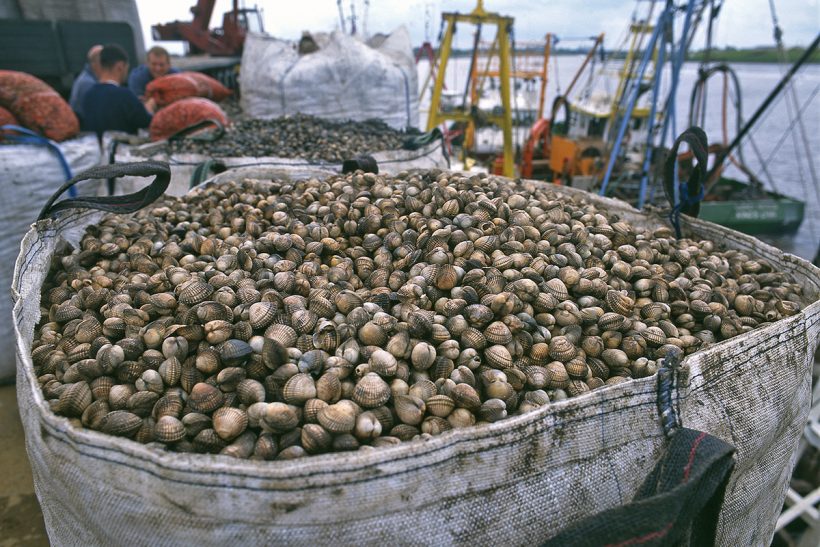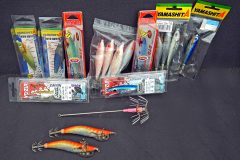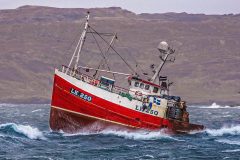*Gallery of images on page 3
Nearly six years on from the establishment of the 10 Inshore Fishing and Conservation Authorities (IFCAs), the regulatory regime for inshore fisheries around England is tightening to a metaphorical soundtrack of muffled anguish and muted crunching noises, reports John Worrall.
The reason is that the previous Sea Fisheries Committees ‘managed’ sea fisheries, while the IFCAs’ stated vision is to: “lead, champion and manage a sustainable marine environment and inshore fisheries, by successfully securing the right balance between social, environmental and economic benefits to ensure healthy seas, sustainable fisheries and a viable industry.”
Note the pole position for ‘sustainable marine environment’ in that sentence, because these days, if it comes to a clash, environmental considerations override socio-economic factors, and ‘sustainable fisheries and a viable industry’ must fit in.
It all stems from the EU Habitats Directive (adopted 1992) and Birds Directive (2009) and the huge financial penalties for governments failing to ensure compliance. And, if those weighty volumes are not really page-turners, and likewise their UK derivative, the Marine and Coastal Access Act 2009 (MCAA), the essence can be drawn from DEFRA’s 2009 Advice to Inshore Fisheries & Conservation Authorities on Their Contribution to Achievement of Sustainable Development.
Paragraph 4.2.1 says that: “IFCAs should use sound science responsibly in line with UK sustainable development policy, which includes consistently applying the precautionary principle – where there are threats of serious or irreversible damage, lack of full scientific certainty is not to be used as a reason to postpone proportionate and cost-effective measures to prevent environmental degradation.”
That ‘precautionary principle’ is one of the crunchers because it means that if any aspect of fishing can’t be proved not to be seriously damaging scheduled habitats or species, it has to stop until it can.
How that is playing out on the ground is illustrated in the Wash which, along with an adjacent stretch of north Norfolk coastal water, now makes up the Wash & North Norfolk Coast Special Area of Conservation.
For generations, this 15-mile-square bay of shifting sand and mud banks has yielded cockles, mussels and shrimp harvested by boats whose numbers are now down to 60-odd, mostly from King’s Lynn and Boston. But in recent decades, it has picked up just about every environmental designation going and so, in the absence of ‘full scientific certainty’ on what fishing is doing to the seabed, the precautionary principle applies and things are having to change.
This doesn’t so much hit the cockles. Traditionally a summer fishery (although in years of plenty, the TAC can last into autumn and even winter), they are now hand-raked (Fishing News, 6 August, 2015). More particularly, they are found, if not as a monoculture, then in dense enough concentrations to be harvested with minimal collateral damage – a bit of prop washing notwithstanding – to other creatures.
Mussels (a winter job) are also found in high densities, typically where rougher ground offers the spat a foothold in the swirling Wash currents, although that fishery has been moribund for several years. Stocks have fallen partly, it seems, through parasitic infection in maturing mussels with knock-on effects for recruitment. Eastern IFCA’s research team is attempting a regeneration programme.
It is the brown shrimp (Crangon crangon) which is at the heart of the debate, and if the outcome is a reduction in effort, it will be particularly unfortunate because shrimps have been described as ‘the glue which holds the Wash fishery together’ – they are available in commercial quantities throughout the year.
Brown shrimp do peak in autumn/early winter when on the move from lower salinity delivered by four rivers. Many boats will only fish then, although a handful do shrimp and nothing else. But the year-round availability fills the gaps between other work and, of late, has given an option to boats that would normally have been on the mussels.
Shrimps are a significant industry in the southern North Sea. About 35,000t are landed by Danish, German, Dutch, British and Belgian trawlers each year, and although the UK accounts for just 5% of that, the Wash accounts for over 90% of that UK share. This has had a total first sale value ranging roughly between £0.5m and £2m over the past six years. Almost all of the catch is sold to Holland.
The debate is about the extent to which shrimp trawls, lighter though they are than flatfish trawls, are potentially damaging benthic communities with the shallow penetration of the seabed by their supporting ‘shoes’ – or skids – at either end of the trawl beams and, in the most sensitive areas, surface abrasion by the passing trawl. There is particular concern for seabed below the 10m mark that normally sees less natural stirring by waves and swirling tides, although much shrimping is done in shallower water.
One side of the argument, naturally enough, says that Wash shrimps have been trawled for more than 100 years and the seabed communities, today, are still as they were. But against that runs the ‘impacted baseline’ perspective: if ground that has been fished is then left alone, and those communities see a greater flourishing, it probably means that fishing was doing damage.
And so, the precautionary principle has been tightening, beginning in August 2012 when DEFRA announced that fishing would be brought into line with other activities in the prevention of damage. IFCAs began to look first at features considered most at risk. In the Wash, that meant cobble and boulder communities – now known as sub-tidal stony reef – and, probably more critical and certainly more fragile, reefs of Sabellaria spinulosa or Ross worm.






